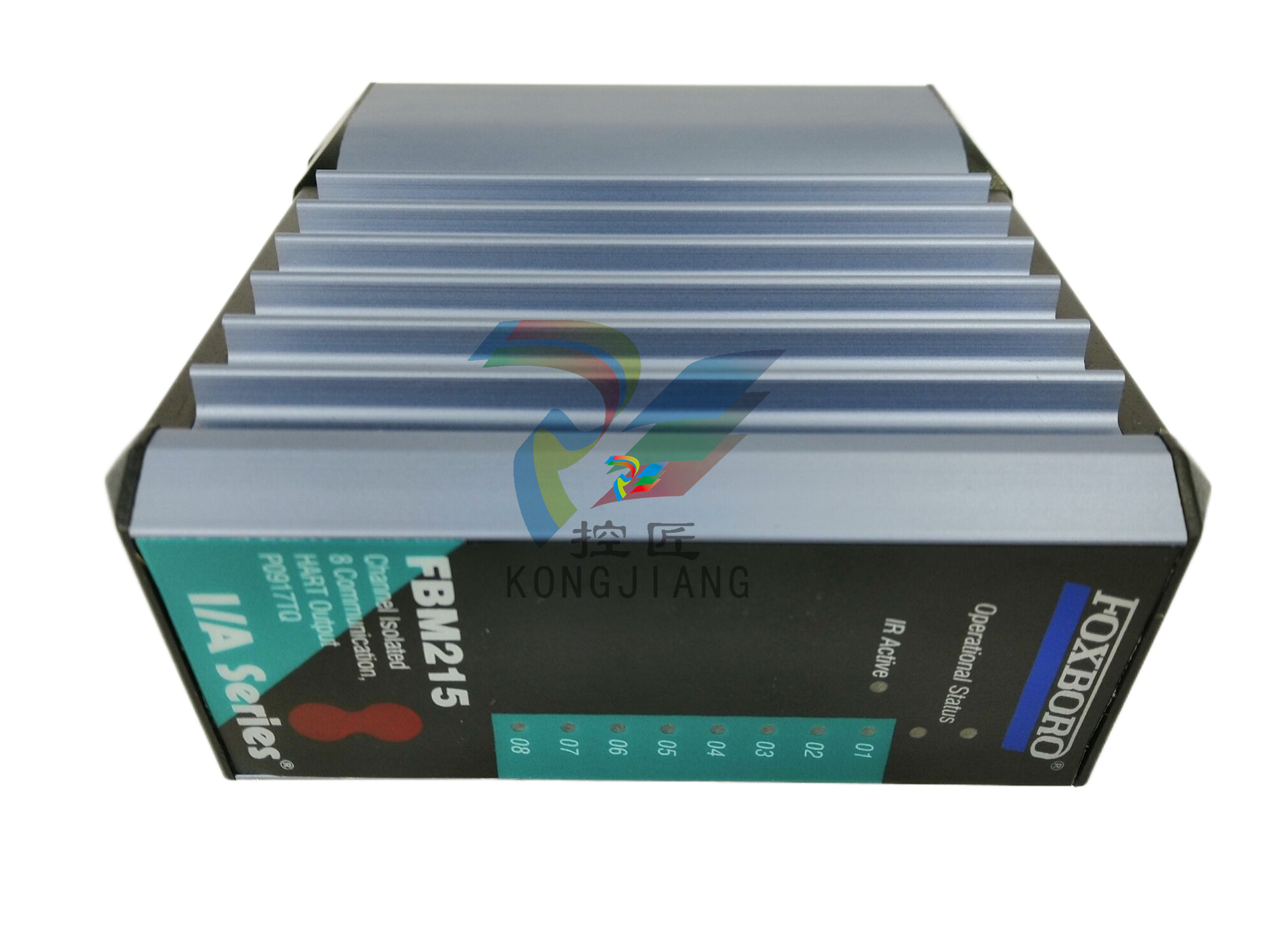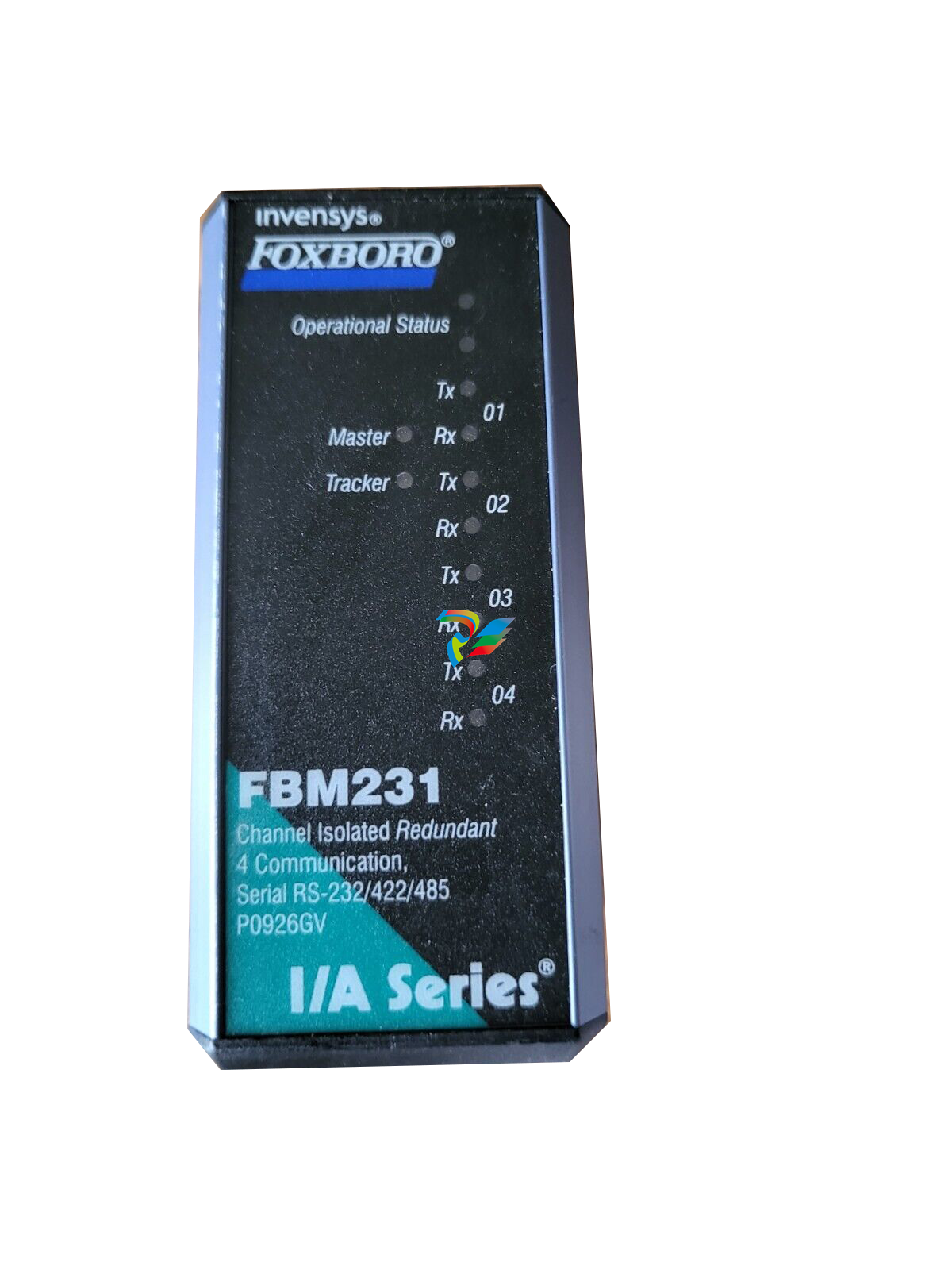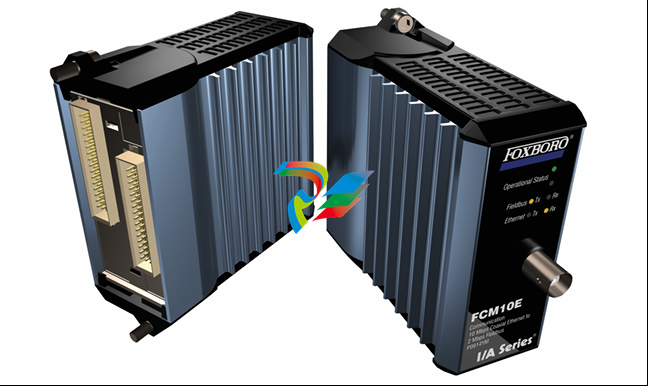
DCS; Industrial control system
Product
Article
NameDescriptionContent
NEW CENTER
Current Location:
Trump's Presidency and Its Impact on Factories
From:
|
Author:huang
|
Time :2024-11-07
|
231 Browse:
|
Share:
Donald Trump's journey to becoming the president was a remarkable one. He entered the political arena as a businessman with a brash and unapologetic style. His campaign was characterized by bold promises to bring back jobs, build a wall along the southern border, and put America first.
The political climate during that time was highly polarized. Trump's unorthodox approach and controversial statements divided the nation. Supporters were drawn to his outsider status and his promise to shake up the establishment. Opponents, on the other hand, were concerned about his lack of political experience and his sometimes abrasive language.
Trump's campaign tapped into a sense of frustration among many Americans who felt that the political establishment had failed to address their concerns. His message resonated with those who were worried about economic insecurity, immigration, and a perceived loss of American influence on the world stage.
In the election, Trump pulled off a surprise victory, defying the polls and the expectations of many. His ascent to power marked a significant shift in American politics and set the stage for a tumultuous presidency.
二、Economic Landscape Under Trump
(一)Policy Initiatives
During his presidency, Donald Trump implemented several major economic policies. One of the key initiatives was tax cuts. The Tax Cuts and Jobs Act was aimed at stimulating economic growth and business investment. For factories, this could potentially lead to increased capital for expansion and modernization. It may have also encouraged businesses to invest in new technologies and improve productivity.
Another policy was deregulation. Trump's administration rolled back many regulations that were seen as burdensome for businesses. This could have eased the operations of factories by reducing compliance costs and allowing for more flexibility in production.
However, these policies also had potential drawbacks. The tax cuts added to the national debt, which could have long-term economic consequences. And while deregulation may have benefited some factories in the short term, it also raised concerns about environmental protection and worker safety.
(二)Trade Policies
Trump's trade policies had a significant impact on industrial factories. His administration imposed tariffs on a wide range of imports, claiming it was necessary to protect American jobs and industries. This led to a trade war with several countries, which disrupted supply chains and increased costs for factories that rely on imported materials.
On the export side, while some industries benefited from the administration's efforts to open new markets and renegotiate trade deals, others faced retaliatory tariffs that hurt their ability to sell products abroad.
For example, the steel and aluminum industries were initially seen as beneficiaries of the tariffs, but over time, the increased costs of raw materials due to trade tensions affected many downstream factories.
In conclusion, Trump's economic policies and trade actions had a complex and often controversial impact on factories. While some measures may have provided short-term benefits, the long-term consequences remain a subject of debate.
三、Industry-Specific Impacts
(一)Manufacturing Sector
The Trump presidency brought about several notable changes in the manufacturing sector. In terms of job creation, Trump's promises to bring back manufacturing jobs resonated with many. While it's difficult to precisely quantify the exact number of jobs directly attributable to his policies, there was a certain degree of optimism within the sector. Some factories reported increased hiring as a result of the administration's pro-business stance.
For investment, the tax cuts and deregulation measures provided an incentive for businesses to invest in their manufacturing operations. According to data from [reputable source], there was a [X]% increase in manufacturing investment in the year following the implementation of the Tax Cuts and Jobs Act. This led to upgrades in machinery and technology, enhancing productivity.
Regarding technological advancements, although not solely driven by Trump's policies, the push for American competitiveness encouraged some manufacturers to invest in research and development. For instance, factories in the automotive industry began exploring advanced manufacturing techniques such as 3D printing and robotics. This not only improved production efficiency but also positioned American manufacturers to better compete in the global market.
However, challenges remained. The trade tensions resulting from Trump's tariffs sometimes disrupted supply chains and led to increased costs for raw materials. Some manufacturers had to find alternative suppliers or adjust their production processes to mitigate the impact.
(二)Energy Industries
Trump's policies had a significant impact on energy-related factories. In the realm of fossil fuels, the administration showed strong support. Policies were implemented to ease regulations on coal, oil, and natural gas production. This led to increased activity in fossil fuel-related factories, such as coal mines and oil refineries. According to [energy industry report], there was a [X]% increase in production capacity at some coal mines due to the loosening of environmental regulations.













































.jpg)
.jpg)
.jpg)





.jpg)



.png)
.jpg)

.jpg)
_lVjBYb.jpg)

.jpg)
.jpg)



.jpg)
.jpg)







.jpg)

.jpg)
.jpg)











.jpg)




.jpg)
.jpg)
.jpg)
.jpg)
.jpg)
.jpg)
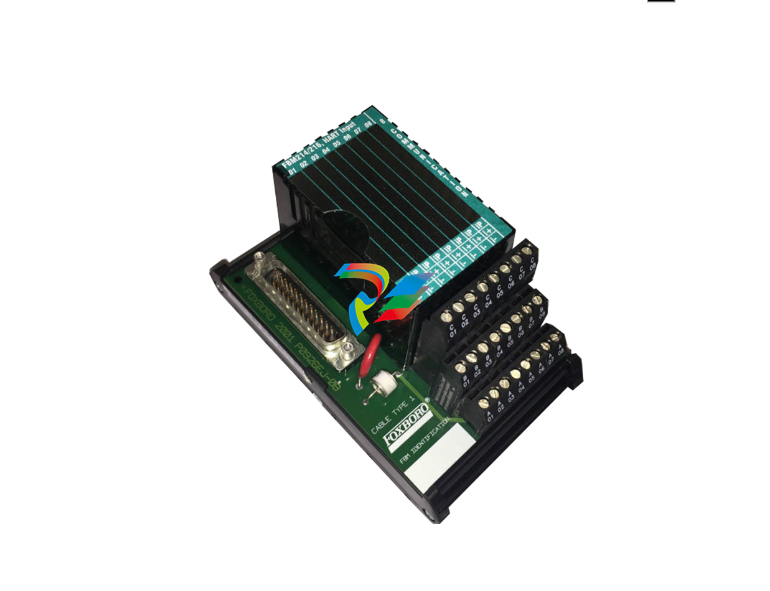
.jpg)
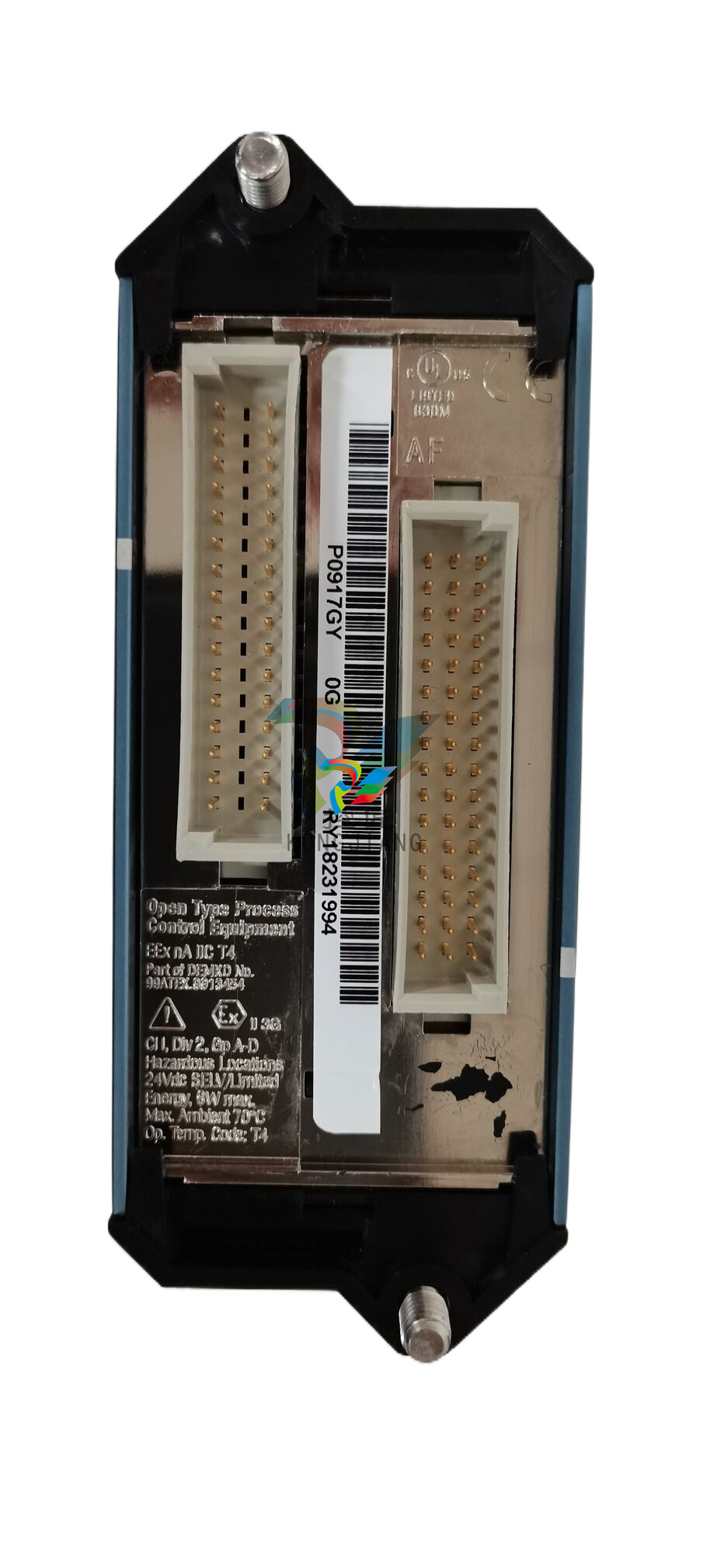
.jpg)
.jpg)
.jpg)
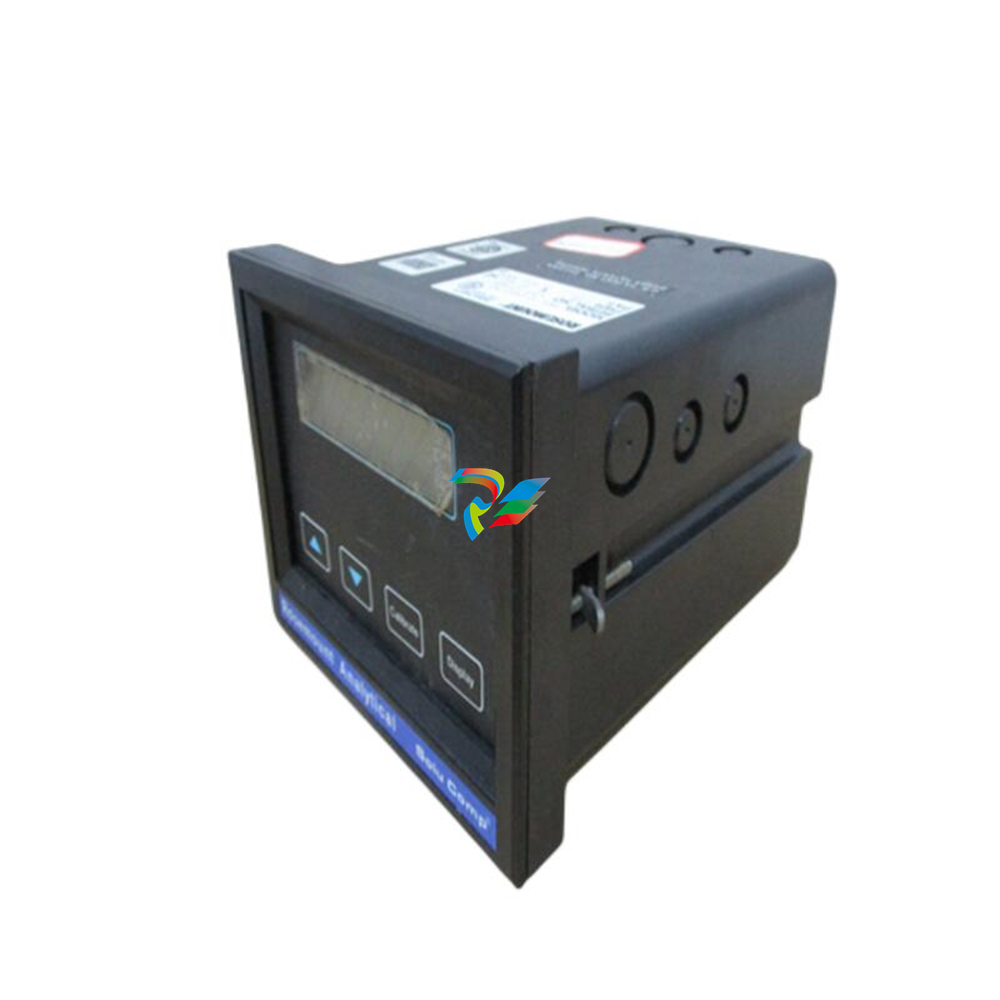
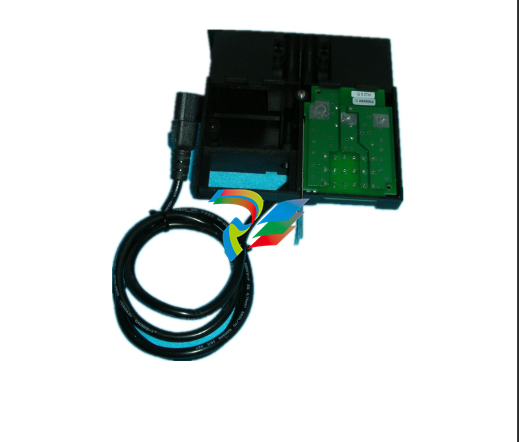
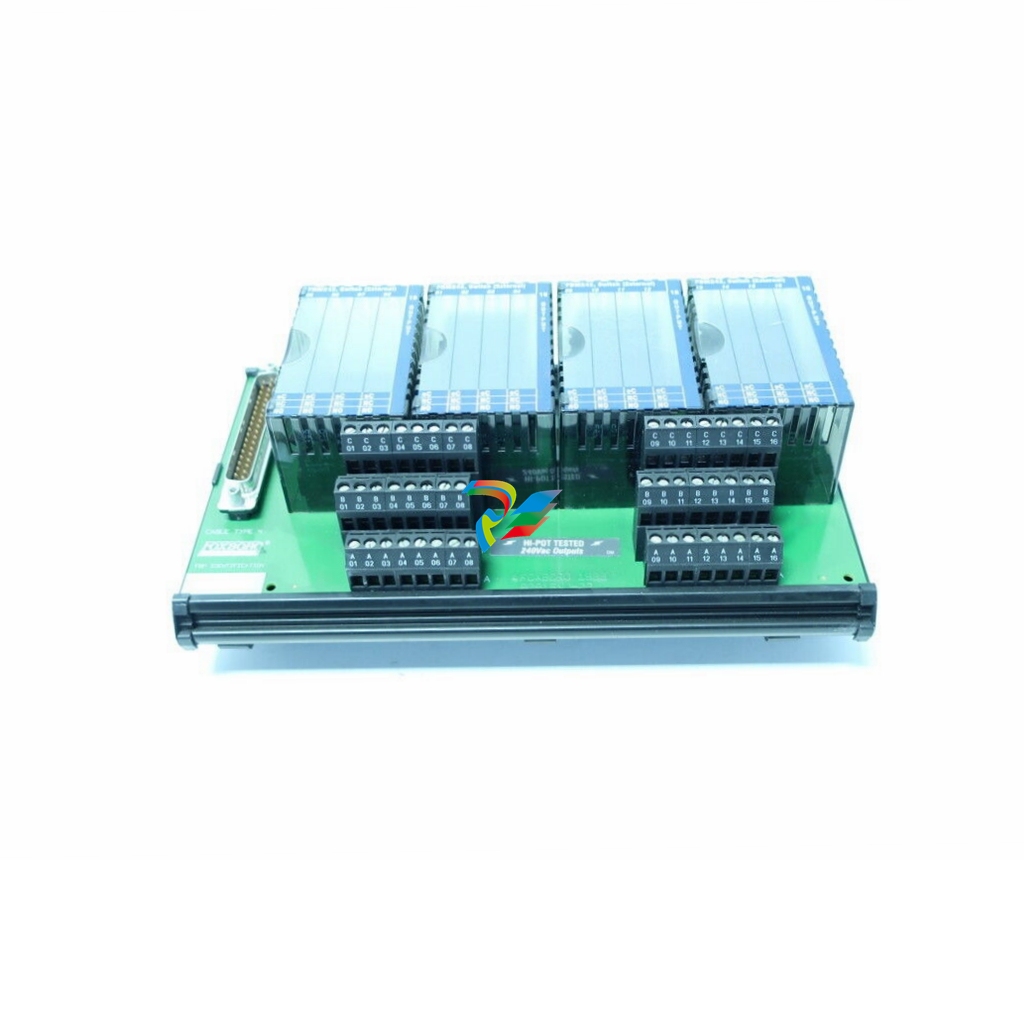
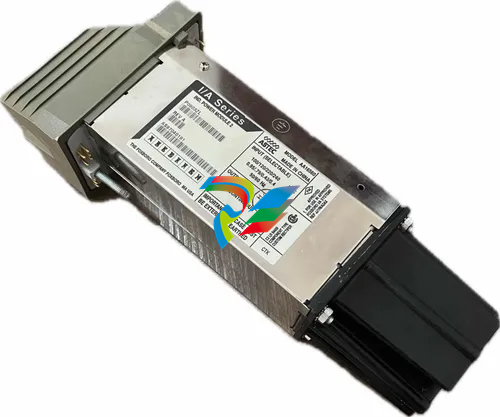

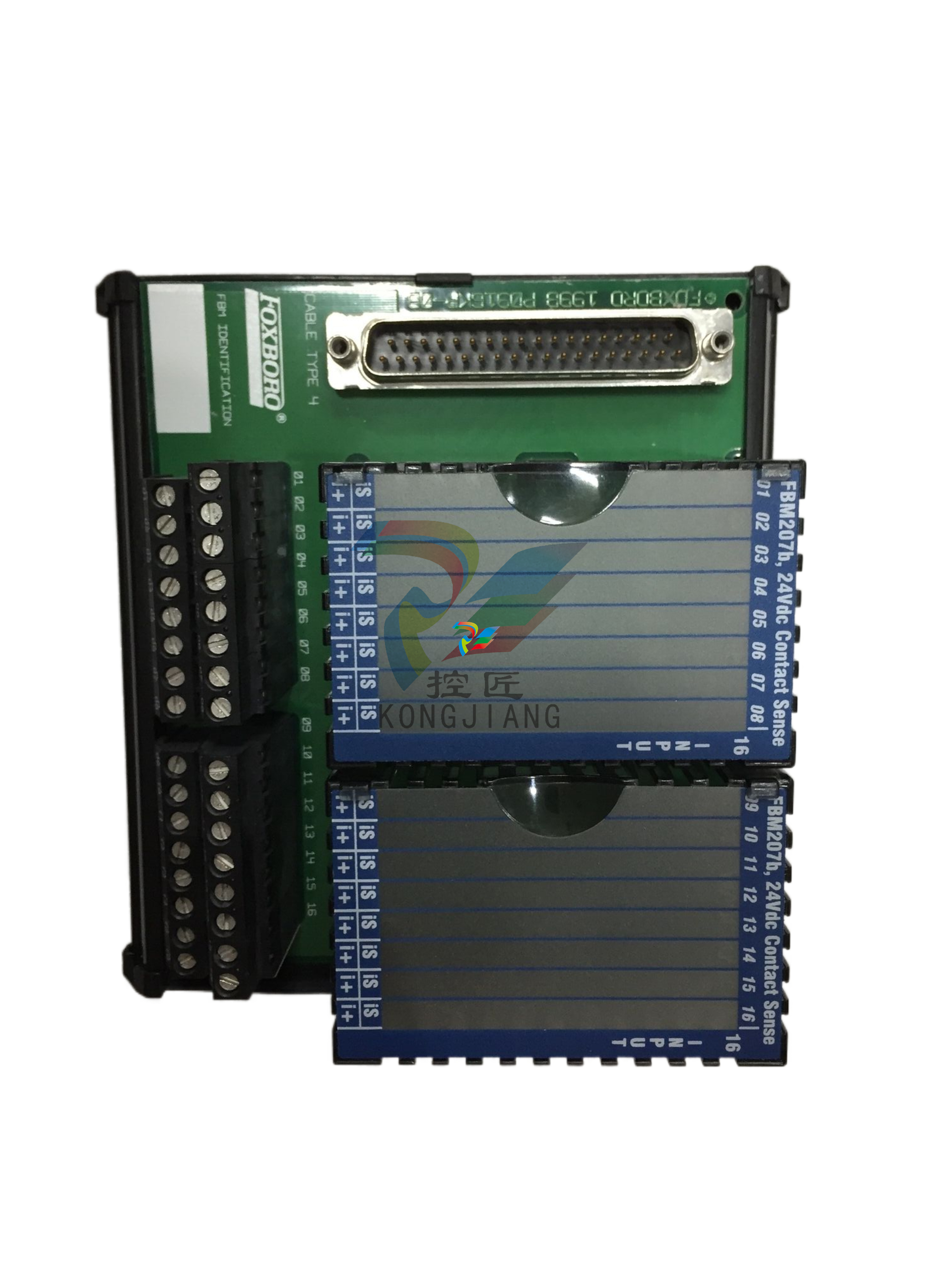
.jpg)
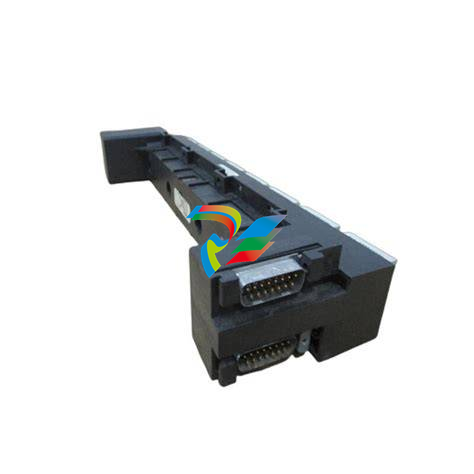
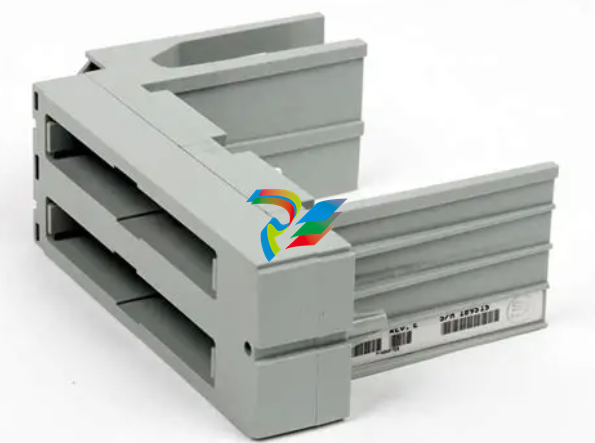
.jpg)
